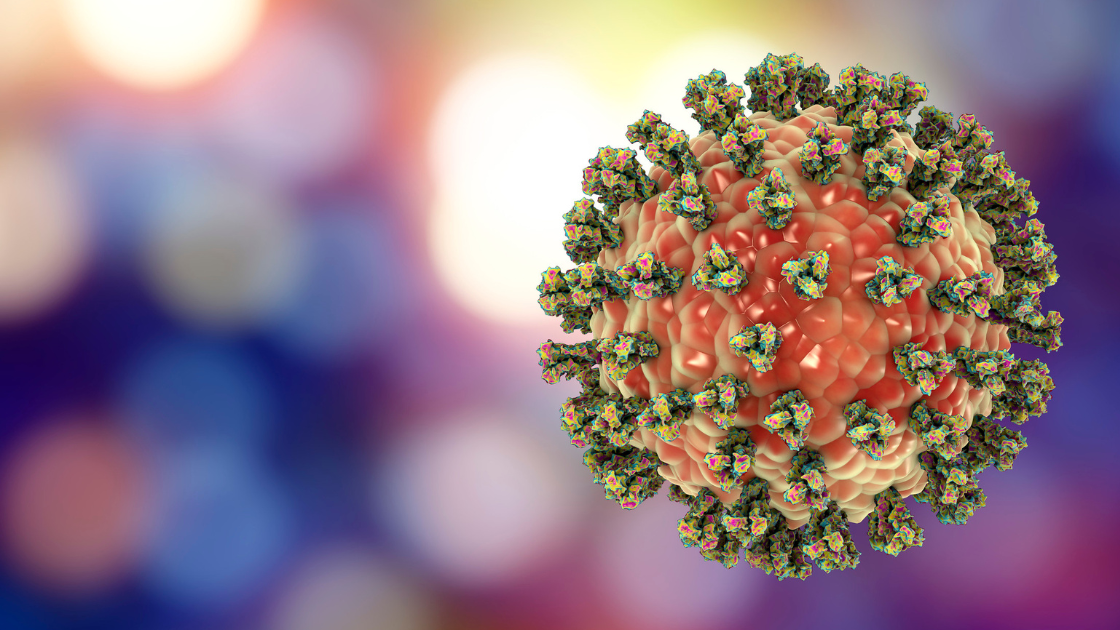Protecting Your Health Against
Fire Smoke and Air Pollution
Presented by Immanence Health
Written by Dr. Irina Strelyuk
Smoke from various fires across the country has been turning the sky hazy and negatively affecting our air quality once again. Exposure to fire smoke is linked to increased risk of respiratory and cardiovascular issues, oxidative stress, systemic inflammation, chronic illnesses and all-cause mortality.
Fire smoke is made up of particulate matter along with any of the following including toxic gases, solvents, polycyclic aromatic hydrocarbons, toxic metals, herbicides, pesticides, perfluorinated compounds, plastics, polychlorinated biphenyls and asbestos. The exact composition of toxicants released into the air from fire smoke varies based on what exactly is burning – forest fires vs urban fires, types of trees or other vegetation burning, farmland, cars, buildings, etc. – and the temperature of the fire.
The Environmental Protection Agency (EPA) classifies particulate matter (PM) into ultra-fine (PM0.1), fine (PM2.5), and coarse (PM10) based on their diameter in micrometers. For comparison, the size of the average human hair is approximately 70 micrometers in diameter. This means that PM2.5 particles are about 30 times smaller than the average size of human hair. Particles of sand are larger than PM10.
The size of the particles is important because it influences how deep these molecules can travel inside your body and health problems are directly linked to the size of particulate matter.
Majority of airborne particulate matter is made up of PM2.5 and this is where the greatest health risk comes from. However, the smaller the particle size the deeper it can penetrate, for example ultra-fine particles can go directly into the circulation.
Things you can do to stay healthy:
Step number one is to minimize exposure.
Stay indoors as much as possible if the air quality is poor outside. Here is a website to look up air quality of outdoor air in your area. If needing to be outdoors wear at least an N-95 mask, making sure it fits tightly around the face.
To preserve clean air indoors, keep the windows and doors closed and use a good quality HEPA air filter. Avoid using candles, incense, or air fresheners. Keep the air filter on continuously.
The following are some of the nutrients that have been shown to provide protection and minimize risk of negative health effects from exposure to fire smoke:
Broccoli Sprouts and Sulforaphane
Broccoli sprouts are vegetables from the Brassica or cruciferous family, which also includes vegetables such as arugula, broccoli, Brussel sprouts, cabbage, cauliflower, chard, radish and watercress.
One of the compounds found in all cruciferous vegetables but particularly in broccoli sprouts is sulforaphane. This compound has been shown to help improve the body’s ability to detoxify and protect it from environmental pollutants including fire smoke.
A 2009 study demonstrated that sulforaphane from broccoli sprouts given orally increased levels of molecules important for protecting the lungs from ozone and other air pollutants (1). Another study done in a region of China known for high levels of airborne pollution showed that study participants given a broccoli sprout beverage excreted more airborne pollutants in their urine compared to participants drinking a placebo (2).
Chewing broccoli sprouts helps make the sulforaphane more absorbable by the body. A typical dosage for an adult is 30-50mg sulforaphane daily.
N-acetylcysteine
N-acetylcysteine or NAC has numerous health benefits and can help protect the brain, gut, kidneys, liver and lungs. It is an antioxidant, antiinflammatory, mucolytic and can also increase glutathione levels. Glutathione is the “master antioxidant” and is depleted with exposure to air pollution and cigarette smoke.
A study done in 2020 showed that NAC can help ameliorate oxidative stress and reduce inflammatory markers after PM2.5 exposure (3).
Bleeding peptic ulcers are a contraindication for NAC. Typical NAC dosing for an adult is 1800mg orally in divided doses daily with or without food.
Omega-3 and Fish Oil
Exposure to PM2.5 has been associated with changes in heart rate variability (HRV), which is a measure of the time between each heartbeat. This study showed that “supplementation with 2 g/d of fish oil prevented HRV decline related to PM2.5 exposure in the study population” (4).
Authors of another study done in 2017 concluded, “Our findings demonstrate that elevating tissue omega-3 levels can prevent and treat fine particle-induced health problems and thereby present an immediate, practical solution for reducing the disease burden of air pollution” (5).
If eating fish for the omega-3s make sure it is wild-caught and low(er) in mercury.
Chlorella
Chlorella is a type of green algae that is full of nutrients including B vitamins, vitamin E and omega-3 fatty acids all of which have been shown to offer protection against fire smoke. This green algae can also surround environmental pollutants, heavy metals and other toxicants and help with their elimination from the body. There are many species of chlorella. Two that are important for detox purposes are Chlorella pyrenoidosa and Chlorella vulgaris. Chlorella pyrenoidosa is better at absorbing toxins and metals but may be harder to digest for some people.
Typical adult dose is 10-12 tablets at least once daily. Use proper dosing to bind metals vs mobilizing them. A general rule for taking binders, including chlorella, is to take them 30 minutes before or at least one hour after food, supplements, and medications. In some people chlorella can cause constipation; drinking enough water can be helpful in preventing this.
Because chlorella is so good at mopping up metals make sure to source from companies that test their products for heavy metals.
Dr. Strelyuk specializes in Complex Chronic Illness, Mold and Mycotoxin Illness, Vector-Borne Illness, Immune Dysfunction, and Health Optimization.
A typical patient for Dr. Strelyuk is someone who has already seen several doctors and specialists. A person with relatively normal lab results that do not match the long list of symptoms they are experiencing, as well as individuals who tend to be more sensitive to various treatments including herbs, supplements, and homeopathic remedies.
In addition to working with people with chronic illnesses, Dr. Strelyuk enjoys supporting individuals who are interested in preventative medicine and in optimizing their health before symptoms appear.
To learn more about working with Dr. Irina Strelyuk in person or virtually (US and Worldwide), set up a free discovery call with our team.
Disclaimer: this post is for informational purposes only and is not meant to treat, diagnose, cure, or prevent any disease. Please do your own research and consult with your own personal licensed health care provider before making any treatment decisions.
Resources:
1. https://pubmed.ncbi.nlm.nih.gov/19028145/
2. https://pubmed.ncbi.nlm.nih.gov/24913818/
3. https://pubmed.ncbi.nlm.nih.gov/32958257/
4. https://pubmed.ncbi.nlm.nih.gov/16210665/
5. https://pubmed.ncbi.nlm.nih.gov/28011301/
6. https://pubmed.ncbi.nlm.nih.gov/23685237/
7. https://pubmed.ncbi.nlm.nih.gov/30465824/
8. https://pubmed.ncbi.nlm.nih.gov/24959775/
11. https://www.airnow.gov/sites/default/files/2018-03/pm-color.pdf
12. https://fas.org/sgp/crs/misc/R42934.pdf
13. https://www.epa.gov/pm-pollution/particulate-matter-pm-basics
14. https://www.epa.gov/pm-pollution/health-and-environmental-effects-particulate-matter-pm
16. https://biopureus.com/product/chlorella-pyrenoidosa-1000-tablets/
Disclaimer: this post is for informational purposes only and is not meant to treat, diagnose, cure, or prevent any disease. Please do your own research and consult with your own personal licensed health care provider before making any treatment decisions.
Share Article

Dr. Christine Schaffner
Founder / Physician
Dr. Schaffner is a board-certified Naturopathic Doctor and recognized thought leader. After graduating from Bastyr University in Seattle, Washington, Dr. Schaffner completed her undergraduate studies in Pre-medicine and Psychology at the University of Virginia in Charlottesville.
With her diverse skill set, Dr. Schaffner seeks to improve access, outcomes, and speed of recovery for patients struggling with chronic illness, from all around the world and combines both naturopathic and conventional therapies to develop individualized treatment plans that focus on addressing the underlying cause of complex chronic illness.
Dr. Schaffner is passionate about educating patients, as well as other practitioners, bringing the most advanced medical protocols to all, as well as creating spaces for healing and rejuvenation. Her style of practice is strongly rooted in traditional naturopathic principles, including removing toxins and establishing a strong health foundation in order to achieve optimal health.
You can learn more about Dr. Schaffner at www.drchristineschaffner.com.
Additional Articles


